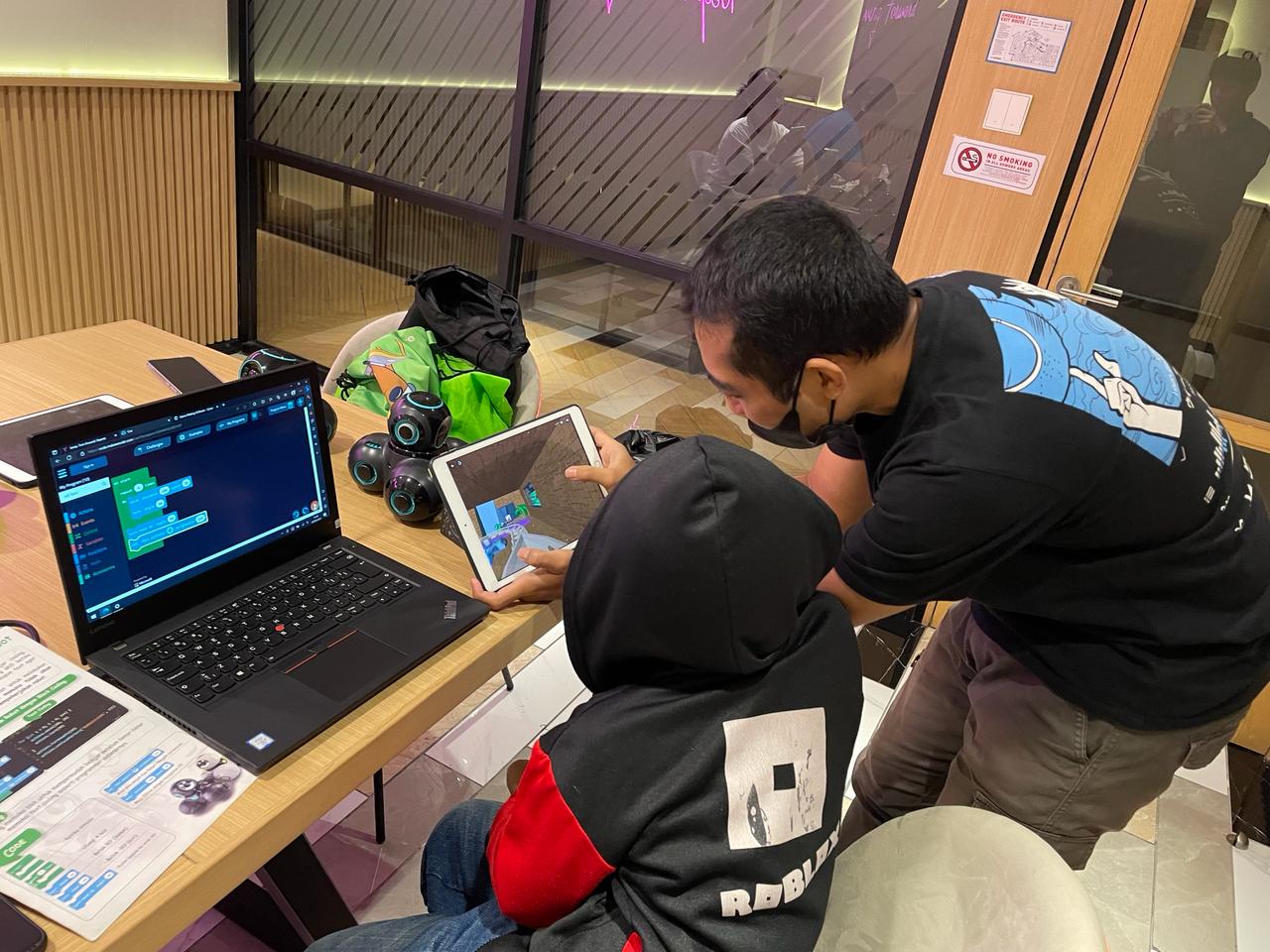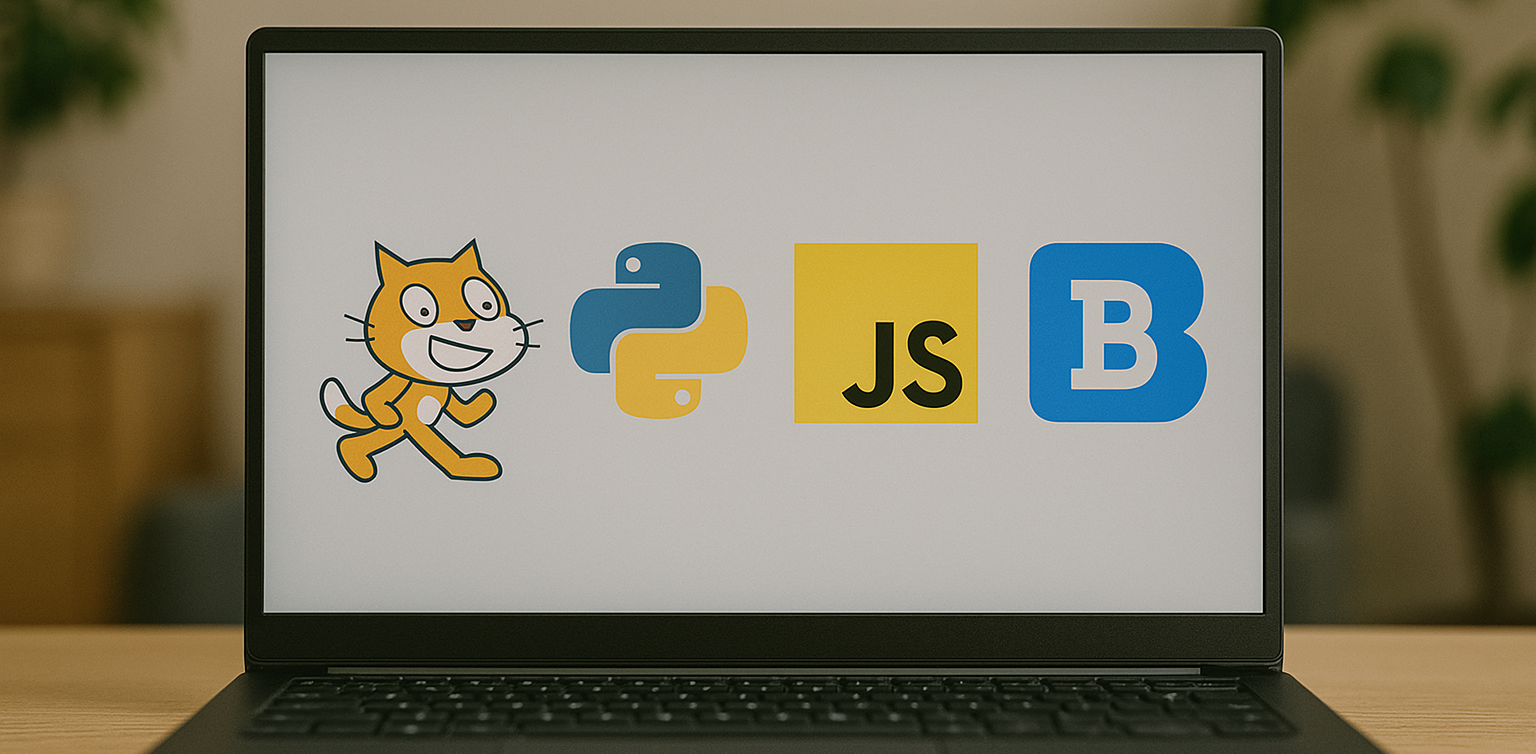How Should We Manage Gadget Addiction in Children?

In this digital era, gadget addiction in children has become a major concern for parents. Excessive digital use can negatively impact a child’s physical, emotional, and social development. A notable study in Bangladesh identified a significant relationship between high gadget addiction and poor cognitive function among children. This research also indicated certain factors, including demographic and family dynamics. However, parents should not worry too much as gadget addiction can be controlled. Before discussing ways to control gadget addiction, parents must first understand the causes of gadget addiction in children.
Causes of Gadget Addiction in Children
Attractive Digital Content
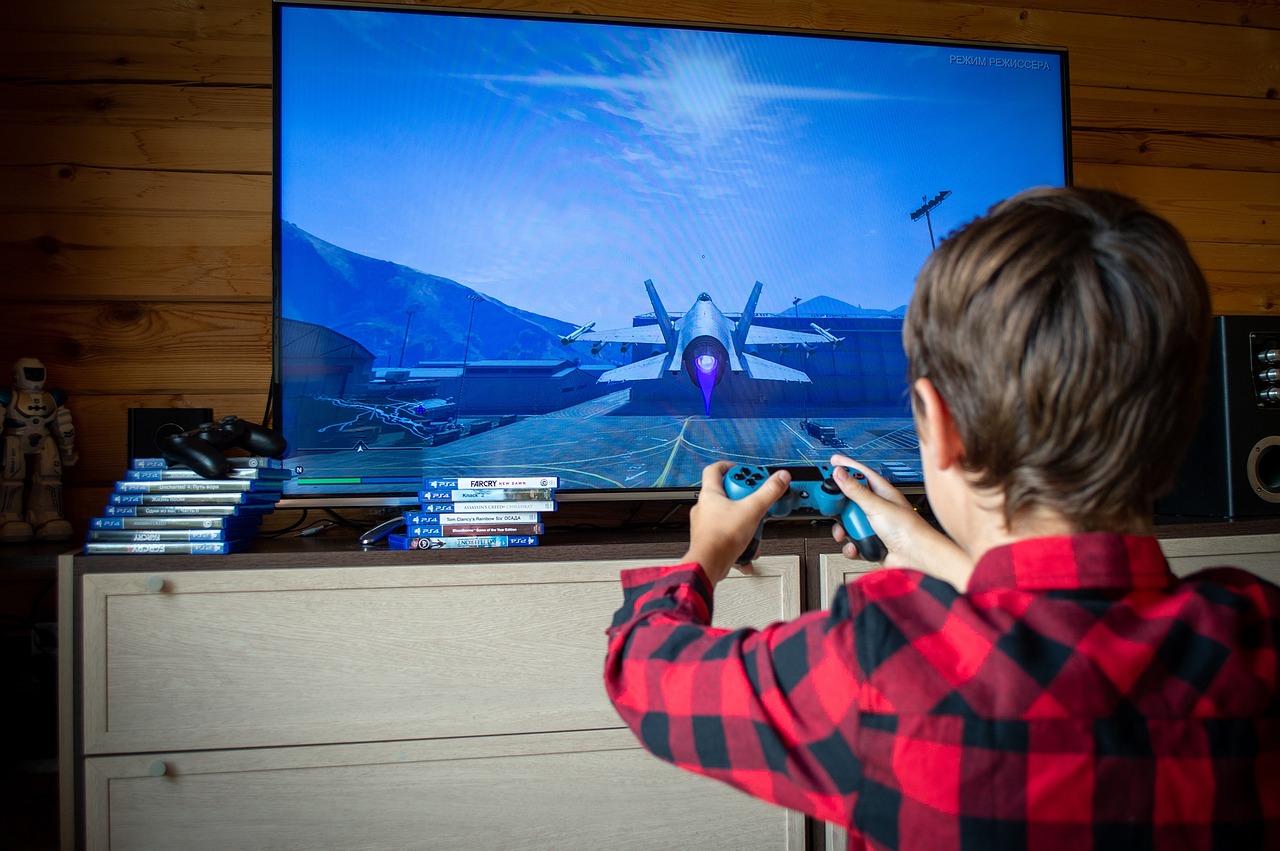
The presence of applications, video games, and social media keeps children constantly engaged due to their attractive features. Passive engagement with entertainment through digital devices can have significant disadvantages and contribute to the development of gadget addiction in children. When children’s interactions with technology are primarily focused on passive consumption of content, rather than active learning or creative activities, it increases the risk of them becoming overly dependent on and addicted to their devices.
Furthermore, social media can make children feel valued and acknowledged through likes and comments, which can lead to addiction to validation. The algorithms behind these applications are designed to continually capture users’ attention, making it difficult for children to stop and increasing the likelihood of excessive use of social media and video games.
Lack of Alternative Activities

Children who do not have activities such as hobbies or other physical activities are more prone to gadget addiction. A lack of alternative activities will lead children to turn to digital devices to fill their free time.
Some academic studies indicated that increased screen time is often associated with higher rates of sedentary behavior, which includes prolonged periods of sitting or lying down. The impact of screen time on physical activity levels is significant, with evidence suggesting that screen engagement leads to decreased physical activity and increased risk of being overweight
For example, children without physical activities will quickly become bored, and playing with gadgets becomes the go-to activity. Thus, a lack of social interaction and outdoor activities contributes to the increase in gadget use among your children.
Parental and Environmental Role

Children tend to imitate what they see. Studies have shown that young children often replicate what they see on screen or what is modeled by adults in their immediate surroundings. If children see parents or people in their environment frequently using gadgets, they will feel that excessive gadget use is normal and will contribute to gadget addiction.
For example, if parents are often busy with their gadgets in front of their children, the children will assume this behavior is acceptable. Hence, parents have a significant influence in shaping their children’s habits.
Emotional Needs

Research indicates that children often use gadgets to cope with stress, boredom, or loneliness in real life. This behavior is associated with various mental health outcomes, and gadgets are sometimes used as a primary tool for emotional regulation. They see gadgets as a primary solution to their problems, not realizing that other activities, such as playing outside or interacting with friends, and any other things like that.
It’s true that Some studies suggest that such use can temporarily relieve stress but might not address underlying issues, leading to potential increases in depressive and anxiety symptoms later on.
Children who struggle to communicate or do not receive enough attention from their parents are likely to seek solace in gadgets. This can become a difficult habit to break without the proper steps from parents.
Read Our Other Articles:
Best 19! Sekolah Swasta dan Internasional di Kota Surabaya Barat – Biaya, Alamat, Lengkap 2024/2025
Why Website Speed is Important? How to Check a Website Speed by Yourself
Ways to Control Gadget Addiction in Children
Set Time Limits for Gadget Use
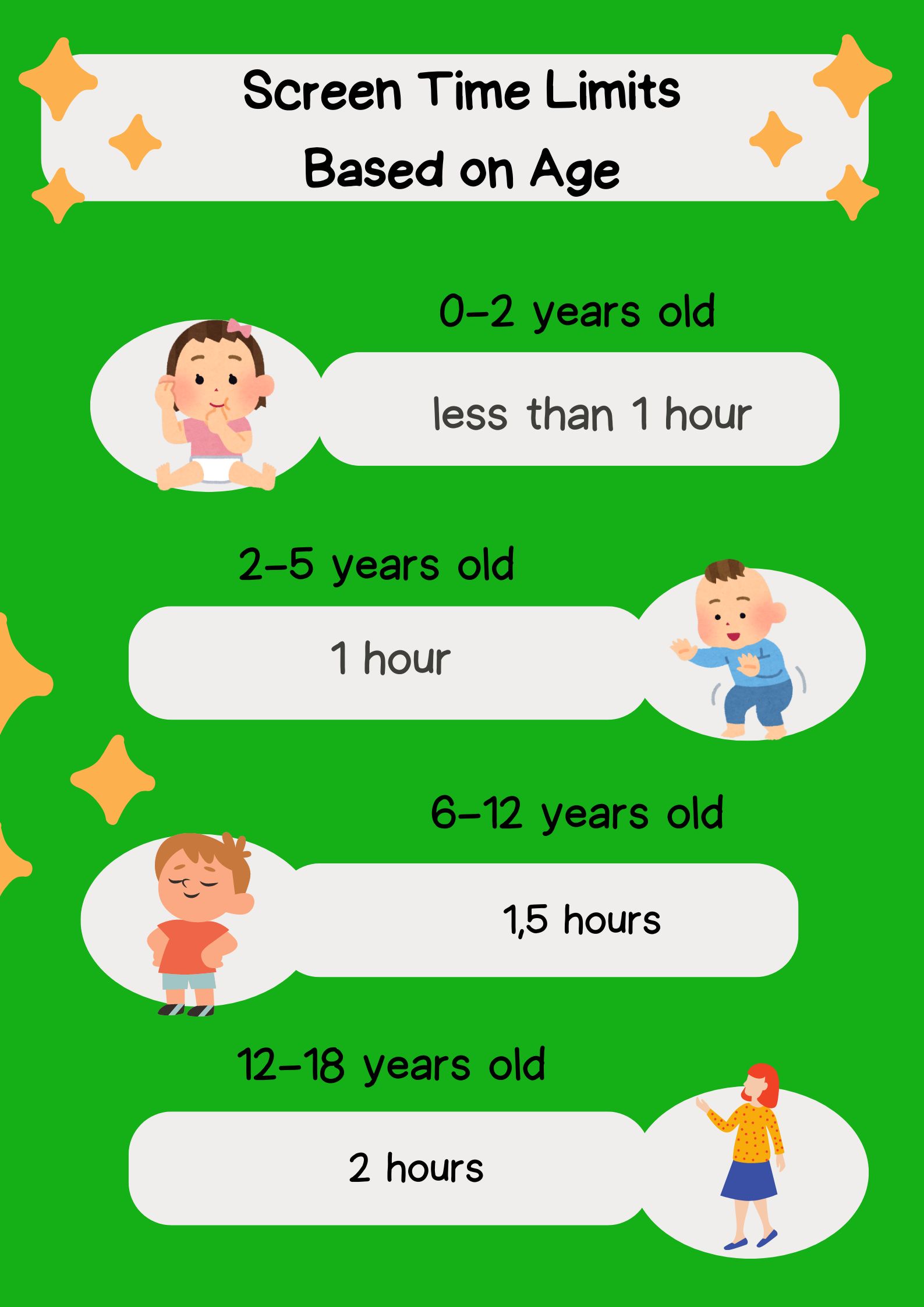
Screen Time Limit Based on Age. Designed by Timedoor Academy
According to the Ministry of Health of the Republic of Indonesia, children under the age of 2 are recommended not to be given access to gadgets. If necessary, usage should not exceed 1 hour per day and must be supervised by parents. Children aged 2-5 years are recommended to have 1 hour daily. For children aged 6-12 years, it should not exceed 1.5 hours per day, and for children aged 12-18 years, it is 2 hours per day.
Parents can create a daily schedule that includes time for studying, playing outside, physical activities, and rest to help children understand the importance of balancing their time.
Give a Good Example

Children will imitate their parents’ habits. Therefore, parents must set a good example in using gadgets. Show your children that you have time limits and engage in other activities such as exercising.
Research suggests that parental behavior significantly influences children’s habits and attitudes toward technology. For example, parents can set rules not to use gadgets during dinner or family gatherings. This way, children will know there is a specific time for gadget use.
Encourage Other Positive Activities

Encourage your children to engage in various other activities, such as playing outside, drawing, exercising, or finding hobbies that match their interests and talents. Providing these activity options will help children shift their focus away from gadgets.
Additionally, encouraging children to participate in community or club activities can help them discover new interests and become more socially involved. This is effective in reducing screen time.
Educate About Gadget Use

According to BMC Psychiatry, excessive mobile device use among children is linked with various mental health outcomes like anxiety, stress, and poor educational performance. Teach your children about the consequences of excessive gadget use. Parents can explain the negative impacts and discuss with children how to use gadgets wisely. Developing digital literacy and gadget usage is important to help prevent potential gadget addiction in children. When children have the skills and understanding to use digital devices responsibly, they are less likely to become overly reliant on or addicted to them.”
This education can include information about the health risks associated with excessive gadget use. By understanding these risks, children can be more cautious when using gadgets.
Use Parental Controls
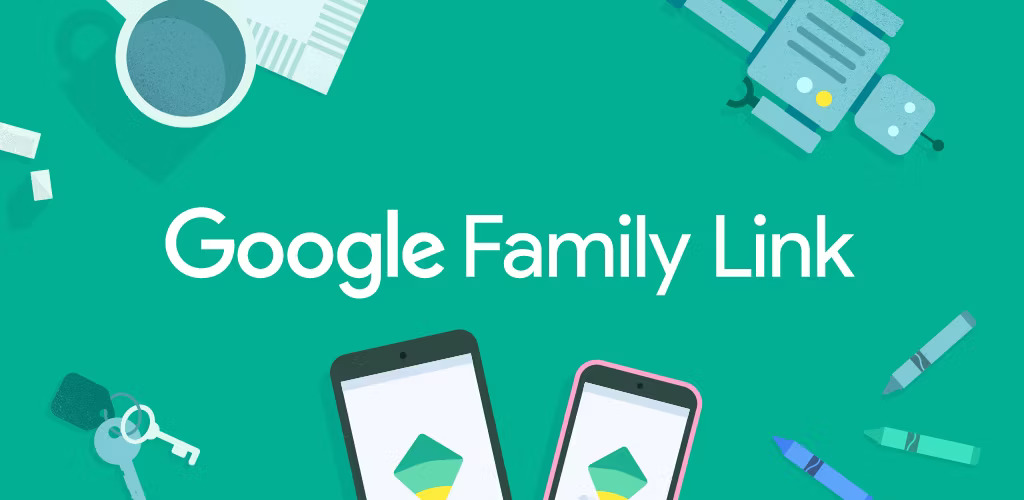
In this practical era, parents do not need to worry too much about their children’s gadget activities. You can activate Parental Control features on your children’s devices. These controls can monitor the apps your children use, how long they use them, and even block inappropriate content. However, parents must also understand and respect their children’s privacy to maintain their comfort.
These controls can be accessed on various devices, such as Android, iOS, Windows, Google, and even home wifi routers. This way, you can feel more at ease by controlling your children’s activities through these features.
Involve Children in Educational Activities
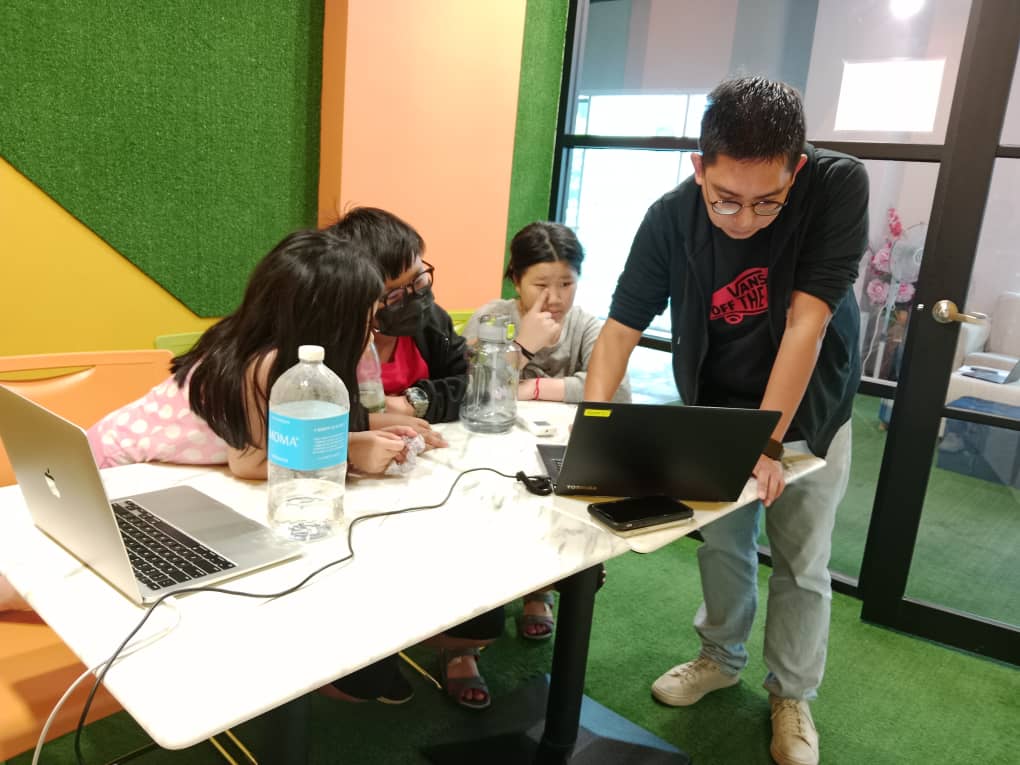
Parents should take the right innovative approach in facing this digital era. If parents find it challenging to change their children’s gadget addiction to a more productive utilization, involve them in educational activities that use gadgets, such as language learning apps, coding, and programming classes, or educational games.
Those are some important points parents should consider regarding children’s gadget use. You can manage gadget addiction by utilizing technology educationally, as offered by Timedoor Academy.
Timedoor Academy offers IT Education classes for your beloved children to stay positively engaged with technology. Here, children will learn to utilize technology, including creating and developing their own games.
We offer trial classes for those who want to try it first. Register your children now and experience the benefits! Try it for free here.
